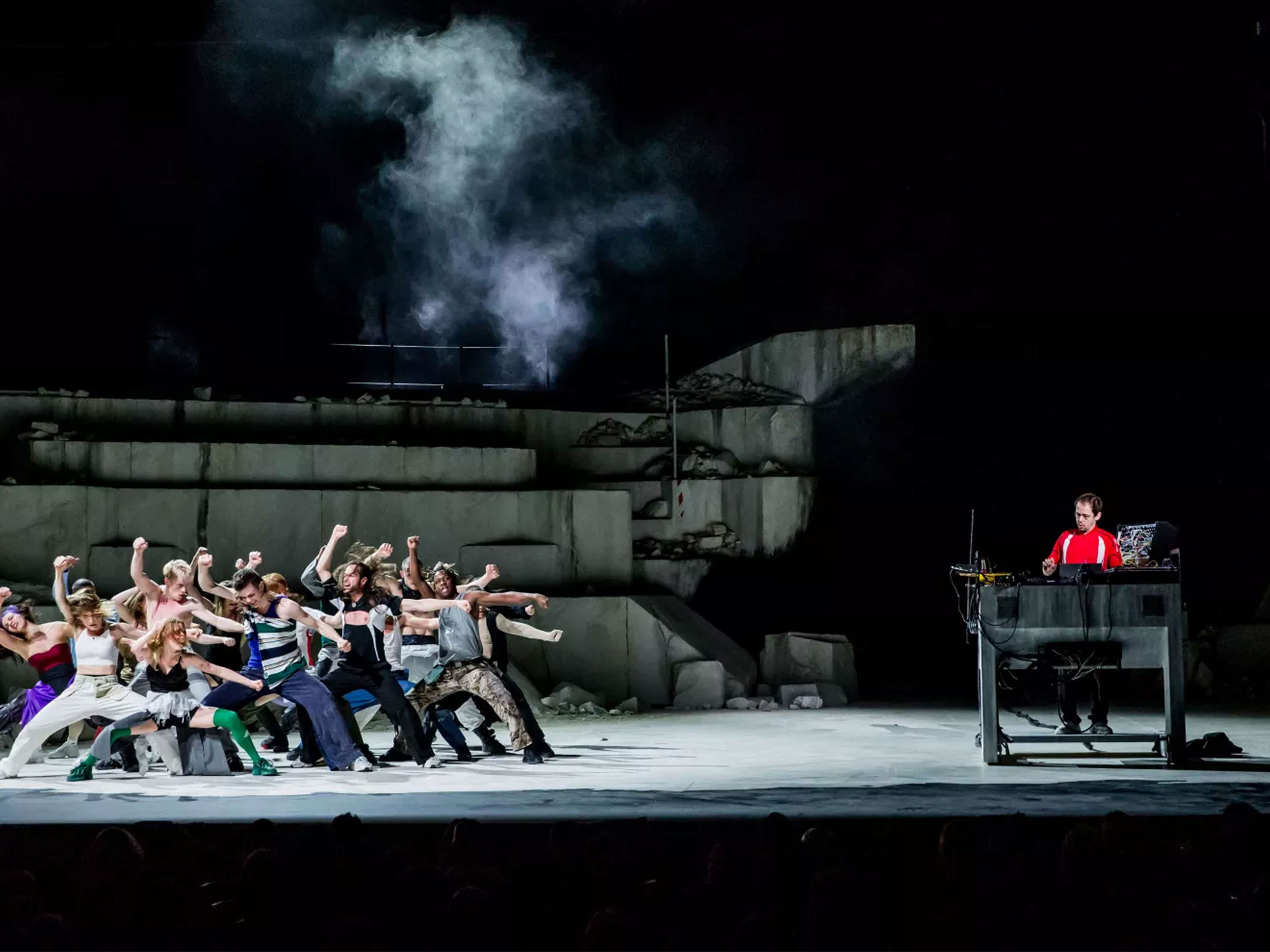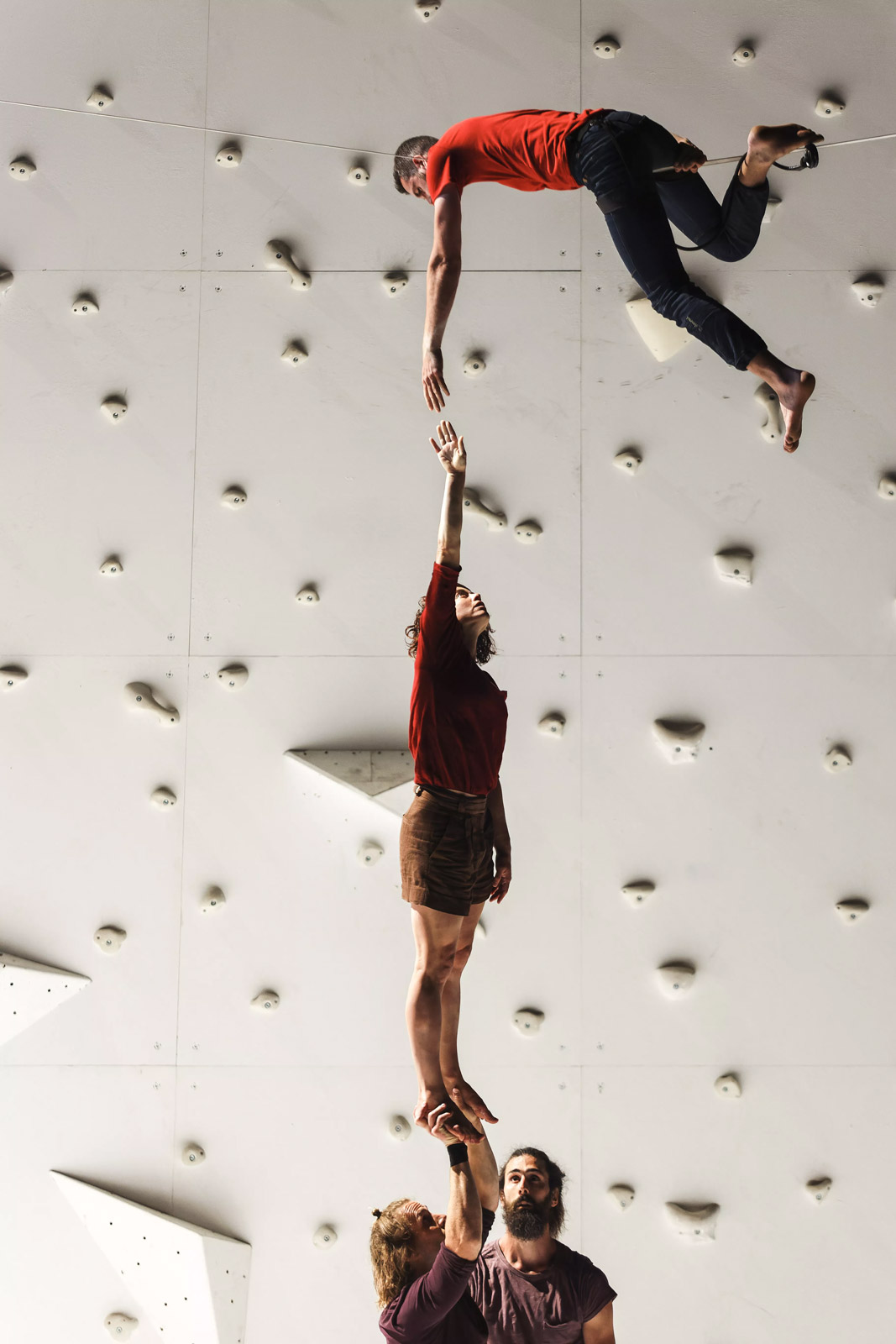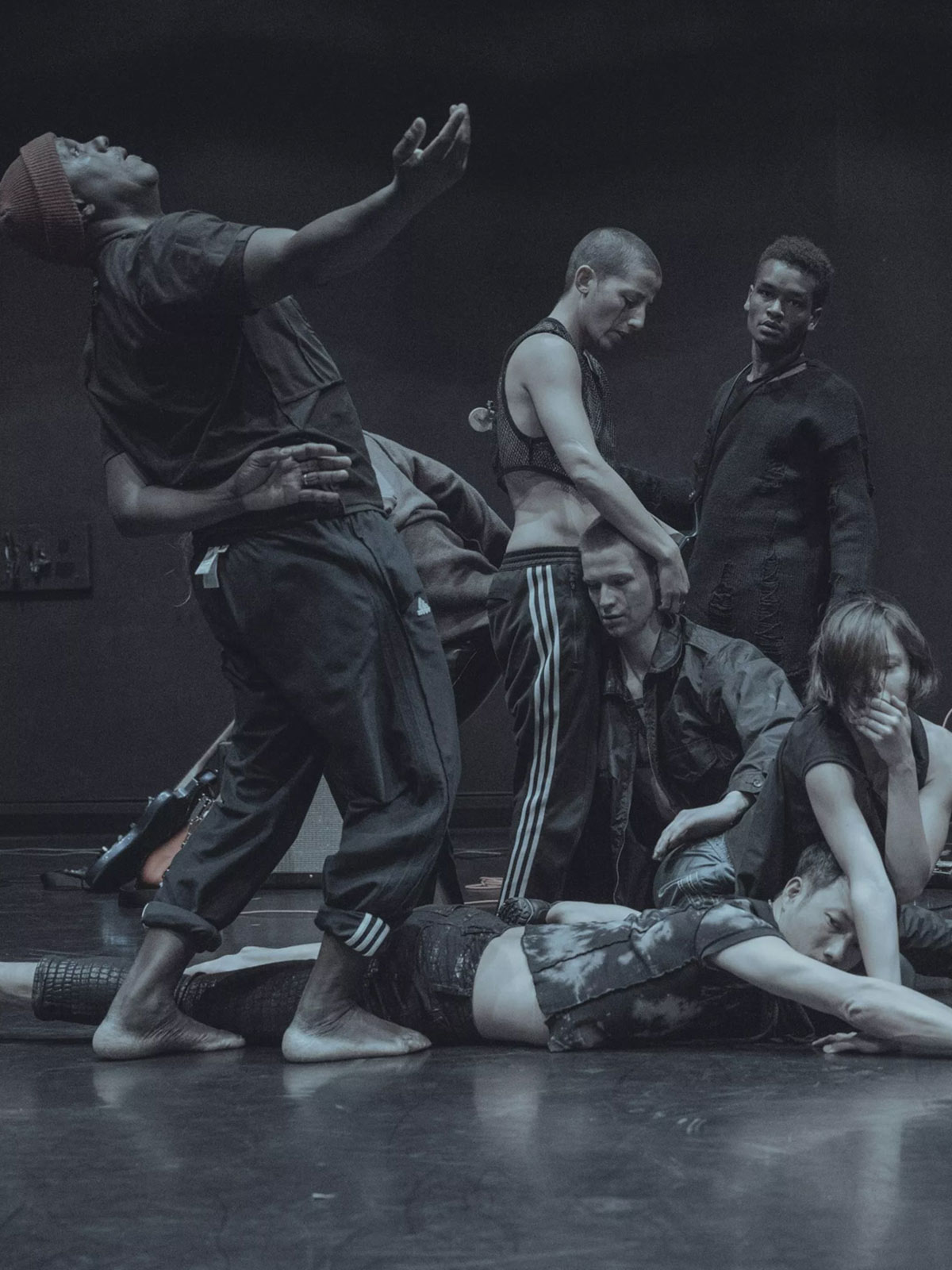Ahead of the maison’s third Dance Reflections Festival, director Serge Laurent discusses New York’s greats, and the city’s role in the evolution of the choreographic arts
There’s an established love affair between Van Cleef & Arpels and the world of dance. In the 1920s, within Paris’s cultural and geographic heart, founder Louis Arpels took his nephew Claude to performances at the Opéra Garnier, just steps from the maison’s Place Vendôme boutique. Fast forward two decades, and the ‘ballerina clip’ would become a signature piece: precious costumed figures, cut from gold or silver and inlaid with rows of diamonds and colored gems; captured en pointe, or pitched forward in dynamic arabesque.
In the ’50s, Claude made the acquaintance of choreographer George Balanchine, co-founder of the New York City Ballet—cutting the bond deeper and inspiring the latter’s Jewels, a triptych performance that pays tribute to Gabriel Fauré’s Emeralds, Igor Stravinsky’s Rubies, and Pyotr Ilyich Tchaikovsky’s Diamonds. The work cemented Van Cleef & Arpels’s ties to the art form’s modern edge, culminating, today, in its Dance Reflections Festival.
Launched in 2020, Dance Reflections was built around a simple mission: to support artists and institutions pushing the bounds of choreography. This year, following editions in London and Hong Kong, it’ll be staged in New York—“an essential environment for [dance’s evolution] throughout the 20th century,” in the words of Serge Laurent, Van Cleef & Arpels’s Director of Dance and Culture Programs. “Post-modern dance erased all codes, opening the way to a multitude of new forms of writing that are largely responsible for the richness and diversity of today’s choreographic art.”
The maison teases a program international, not-too-traditional, and informed by a desire to educate: 10-or-so performances spanning modern dance, circus arts, vogueing, and, of course, ballet, headed by icons and emerging stars alike—from Lucinda Childs to Noé Soulier to Gisèle Vienne to Dorothée Munyaneza.
Here, Laurent details Van Cleef’s mission and the heritage that informs it, shedding light on those dance companies whose “singularity invites discovery.”
Morgan Becker: How’d you end up in the realm of live performance, and what’s kept you attracted to it over the years?
Serge Laurent: After studying art history, I began my career at the Fondation Cartier pour l’art contemporain in Paris. The first exhibition project I worked on was devoted to Andy Warhol, and more specifically to a period called ‘the Factory years.’ The idea was to approach Warhol’s world in all its diversity, across all disciplines. The Factory was a space in New York where all the arts met, including music, fashion, photography, and, to a certain extent, dance, with Gerard Malanga’s performances.
I worked on several traveling exhibitions before the Fondation Cartier asked me to set up a new program—the Soirées Nomades—[which welcomed] artists of all disciplines. After a few years, the Centre Pompidou offered me the position of Curator of the Live Arts, and we launched a new program named Les Spectacles Vivants. Once again, the approach was multidisciplinary.
This led me to the choreographic universe. What still appeals to me is that dance is an art that expresses itself through pure movement, but it’s also a place for collaboration with all the other arts—and therefore, an infinite field of creativity.
Morgan: This is the third edition of Dance Reflections, which has been presented in London and Hong Kong in recent years. How does New York’s choreographic heritage differ from that of those two cities?
Serge: New York holds a major role in the history, as an essential environment for its evolution throughout the 20th century. The city embraced modernity and saw the development of post-modern dance in the ’60s, which had a substantial influence on future contemporary dance in Europe, and France in particular. Post-modern dance erased all codes, opening the way to a multitude of new forms of writing that are largely responsible for the richness and diversity of today’s choreographic art.
It’s impossible to explore the history of contemporary dance without mentioning New York and evoking essential choreographers such as Merce Cunningham, Trisha Brown, or Lucinda Childs, the latter of whom we’ll have the pleasure of discovering—or rediscovering—during this festival.
“There’s a lot going on in New York—and in this strong cultural context, our aim is to contribute, to show the public that contemporary dance is an essential creative universe.”
Morgan: What about its modern status? Can we expect a contemporary ‘New York’ feel to this year’s
festival—and what exactly would that look like?
Serge: There’s a lot going on in New York—and in this strong cultural context, our aim is to contribute, to show the public that contemporary dance is an essential creative universe. All the works chosen, whether recent or older, have one thing in common: They have enriched, and continue to renew, the choreographic vocabulary. This year’s festival selection focuses on companies whose singularity invites discovery. As history teaches us, dance is an art of movement, always in motion.
Morgan: Is there a performance you’re most looking forward to seeing come to life?
Serge: As always, I can’t wait to see all the shows—because presenting a performance in a different venue, in a different country, is always a new experience. Opening the festival at New York City Center, with a
work as important as Dance by Lucinda Childs, and closing it a month and a half later with Pina Bausch’s The Rite of Spring at the Park Avenue Armory is a unique experience. Between these two masterpieces, several artists will be presented for the first time in New York, including (LA)HORDE with the Ballet national de Marseille and Ola Maciejewska.
Morgan: The maison has a unique connection to the world of dance. What’s your experience been like,
grappling with what to pull from that rich history?
Serge: Our wish was to continue to write the story of the ties between a high jewelry maison and the world of dance. Founded in 1906 in Paris, Van Cleef & Arpels considered this universe a major source of inspiration, and has since strengthened this attachment. It is a very interesting subject to study. The maison shares essential values with choreographic art: creation, transmission, and education. It is upon these values that our sponsorship program has been established, as well as each edition of the festival.
Morgan: What are you hoping your New York audience departs the festival with?
Serge: Showing in this city is an essential step in an artist’s career. With the festival, we want to celebrate the richness of creation and invite the public to discover unique and contemporary approaches that still contribute to writing the future of dance.
Van Cleef & Arpels’s Dance Reflections will take place across New York between October 19 and November 3.















